Archives
now browsing by author
DFT Members Teaching The Tendele Fly Fishers
Several members of the Durban Fly Tyers spent the weekend at Kamberg teaching the Tendele Fly Fishers the rudiments of fly tying. Tendele Fly Fishers is a community outreach project run by the KZN Fly Fishing Association (KZNFFA) and spearheaded on the ground by Richard Khumalo.
What made the event extra special was Jay Smit’s (J Vice) donation of 10 Tendele Training Vices. This is a new, inexpensive fly tying vice dreamed up by Jay Smit for the occasion. It is very good indeed.
Cape Vidal
Friday saw 6 DFT fly fishermen climb out of bed at 4am in pouring rain and howling wind to make the 320km drive to Cape Vidal to lay claim to the kingfish that frequent the area at this time of year. The weather reports were not good but we were confident it wouldn’t be as bad as they made it out to be.
I picked up Steve and headed to the first rendezvous point to meet the rest of the gang and travel up in convoy. At about 5:30 we were all together; Steve, Neill, Bruce, Joe, Graham and I. And after a quick cup of coffee we were on our way.
This trip seemed to be missing something. There was no mocking and no bullshitting, and then it dawned on me, Warren had opted to stay at home in fear of missing the birth of his child that was due later in the month.
We arrived at the Whipme in St. Lucia where our fears were confirmed. The wind was howling, close to 40km/h, and it was pouring with rain. Nevertheless we scoffed down our breakfasts and headed to the beach.
Once on the beach we knew that conditions for fly fishing were far from ideal. I kitted up my 5wt and 9wt and made my way out onto the reef whilst Neill, Joe and Graham walked north on the beach in search of holes. After a few attempts at casting my 5wt straight into the wind I decided to change tactics and use the T-50 9wt. What a machine! I was now effortlessly casting full lines with minimum effort. Bruce then joined me at the end of the reef were we both slogged the water while Steve worked the water up along the reef’s drop-off.
Things were rather dismal with only a kingie, needle scale queenfish, stone bream and a handful of moonies and wavies coming out for the session. We booked in at around lunch time, had a few beers, discussed tactics and then headed back down to fish the incoming tide for the late afternoon. By now the wind had dropped to a gale and it was now slightly fishable.
We were all huddled in the corner of the bay with the wind behind us. The water was looked like a washing machine with the incoming tide meeting the intense side wash and creating prime kingie territory. A few moments later the water was boiling as bait fish scrambled to get away from the predators beneath. We were throwing all sorts of flies into the mayhem but sadly to no avail.
Finally, with the full tide, things calmed down and everyone left except for Bruce and I who stayed to fish into the evening. By this time the moonies had moved into the bay for protection, which was good fun on my Xplorer Guide II 5wt. Finally, at about 18:30, we could hear Charles beckoning and called it a day.
That evening saw us braaiing in the rain where Steve made a machine of a fire to combat the amount of water falling from the sky. We had a relaxed evening (with copious amounts of rum and whiskey) while talking large amounts of bullshit.
Saturday morning was slightly better in that there was no longer any rain, but the wind still was blowing. Steve got up before sunrise and made his way onto the beach. This seemed to be the right move. The bait fish again had the water boiling. Steve was fishing ideal “big fish” flies on his 12wt and it paid off! He got into three decent sized kingies, one of which smashed him off on the bricks. Thankfully two were landed and photographed before being released to fight another day.
The rest of the gang slowly appeared from the night before (complete with packed lunches) with Bruce heading South and Neill and Joe going north. Graham and I meanwhile waited for the water to drop so we could head out onto the reef again.
After producing nothing I too walked north fishing the very limited holes along the way. Again only (damn) moonies were coming out and I was yet to catch a wave garrick. Steve however, smiling ear to ear, went back to the cottage to catch up on a few winks.
By lunch time I had thrown in the towel and returned to the cottage for a quick bite and to tie up some flies for the following morning. Bruce, Neill and Joe returned a little later with a very bleak looking Bruce. When asked what’s wrong he showed us half a fly rod – apparently the other half was in the surf somewhere along the kilometers of north coast.
Fly boxes were restocked, tippets changed and we were off for the evening session. After hearing of Steve’s buses we were all in high hopes. Big flies were the order of the day. Unfortunately the bait fisherman pulled in by the dozens after seeing what was lurking under the surf. This made it harder as most of them would cast out and then sit on the beach boozing it up while their lines would be washed up onto the beach by the strong side wash. This was rather annoying and after voicing our anger they sorted them out so we could all fish.
Things had gone quiet again and I decided to take a few pics of the gents in action. I must say watching Steve Brooks in action is truly a majestic site. He effortlessly casts his 12wt and is best described as art in motion. I’m sure we could all learn something from his technique.
Again, as the sun fell behind the dunes, the moonies plagued us. They were literally cast for cast, shot for shot. We continued to fish until there was no light and then headed home for an ice cold beer.
Neill and Joe had taken it upon themselves to get the fire going while the rest of us showered and got meat ready. We were lucky enough that the bush pigs came to our chalet first. In fact Joe was over the moon that they were so close. I started luring them closer with bread until they were about 3 meters from us when, without Joe noticing, I dropped a slice of bread at his feet. Well that was him! As the pig charged forward to get his treat Joe dropped a coil and hid behind Neill who was in hysterics.
After a delicious meal and copious amount of rum we tucked in for an early morning start.
Steve again was up at sparrows and was on his way to the beach before any of us had risen. By the time we were on the beach, just after sunrise, the ski boats had launched and ruined any chance of getting into the bigger fish. Again a few wavies came out, as well as a couple of moonies and a juvenile kingie.
All in all it was a fantastic weekend away with like-minded people. A total of over 100 fish came out between the 6 of us and for once we were not robbed by the resident monkies that have become a problem over the years. I’m not sure if the Parks Board have started culling the pests but whatever they have done it seems to have worked.
The next Vidal trip will be towards September this year, so keep an ear to the ground!
Till next time. Tight lines!
Another Inanda Outing
With Inanda Dam so close to our club it’s amazing that we don’t pay it more frequent visits. Perhaps it’s the bad rep which bass have with fly fisherman. Or perhaps it’s the rumor of crocodiles. Either way we decided to open a few peoples eye’s to the opportunities on our doorstep and organised a morning’s outing.
After our previous disaster we aimed to be at the gate at 6am, only to discover that it now opens at 5am as we had previously thought. None the less we quickly kitted up and were soon joined by a few other fisherman.
As is the norm for bass we mostly fished the surface . On my second cast I missed a small fish. A few cast later I missed another. Since they looked to be small I downsized to a small popper and immediately got into a few small bass.
Nick was also fishing the surface but he was missing a lot of fish due to the size of his flipper. I guess he was after the big boys. Ever the optimist.
Gavin on the other hand opted to fish sub surface and also picked up a few small bass, although the surface option certainly seemed to be a lot more productive.
On a whole the day was great fun. We landed in the region of 30 bass and loved every minute of it. We may not have hooked into anything big, but we had an awesome morning none the less.

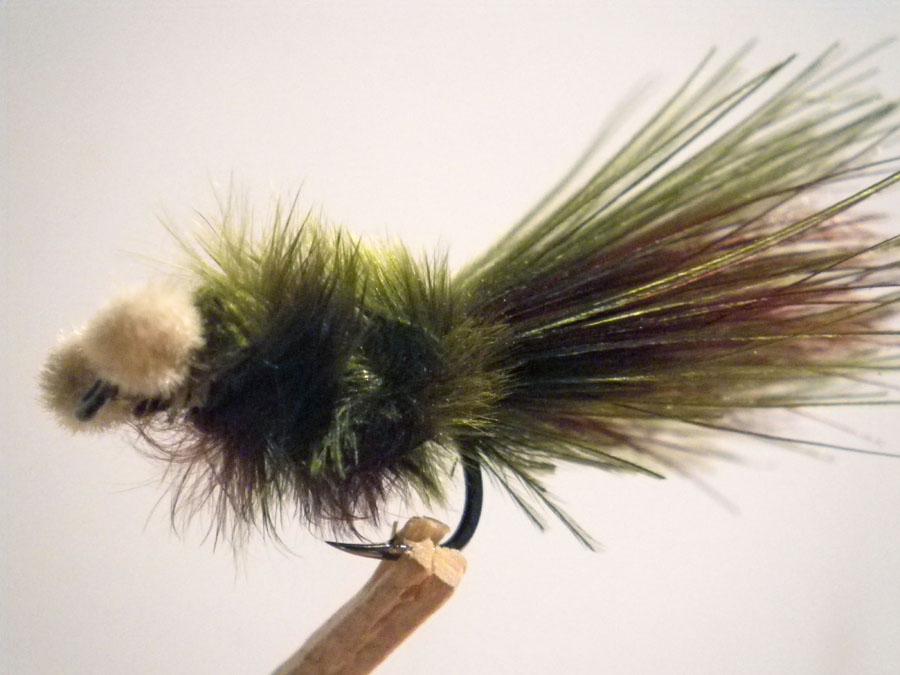
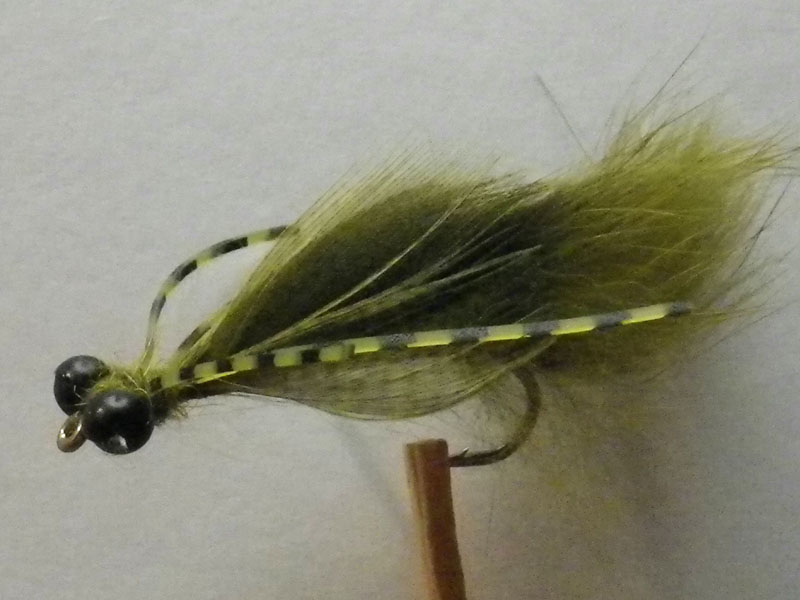
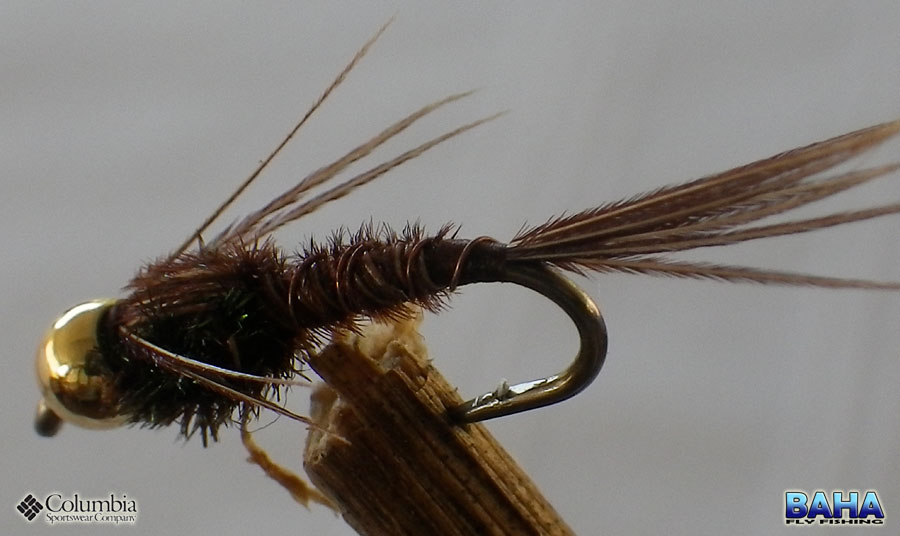
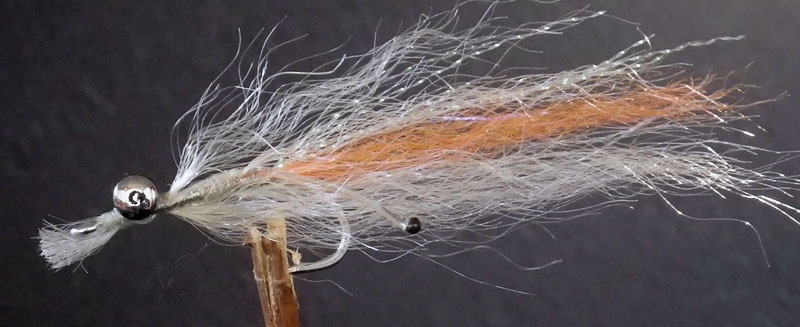
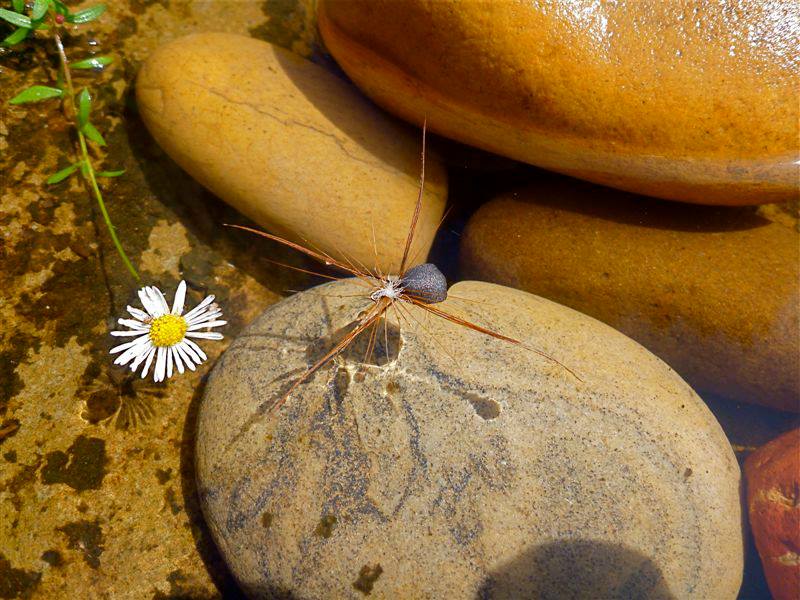
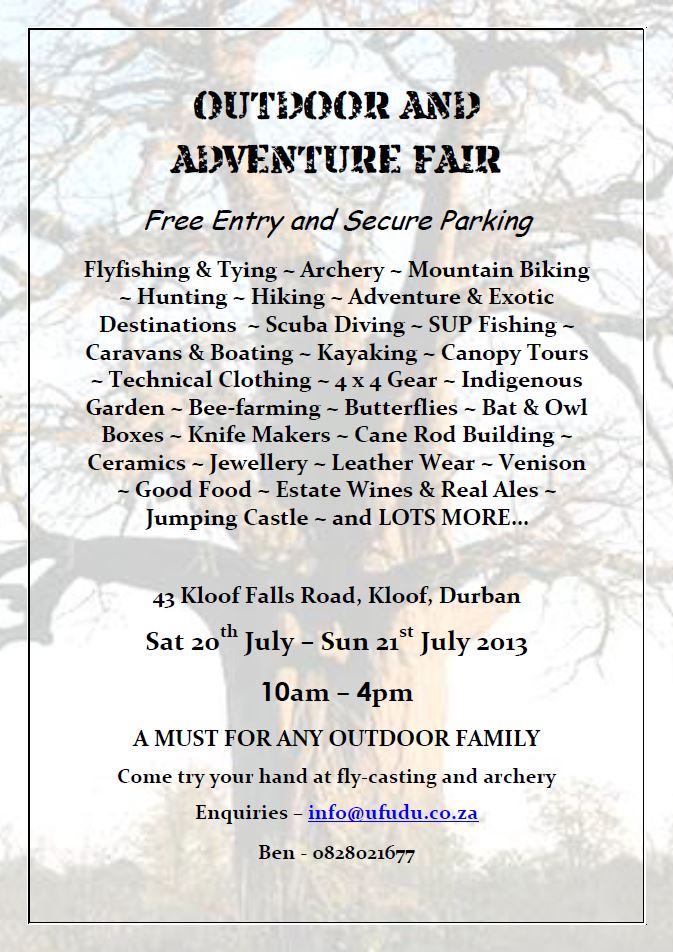
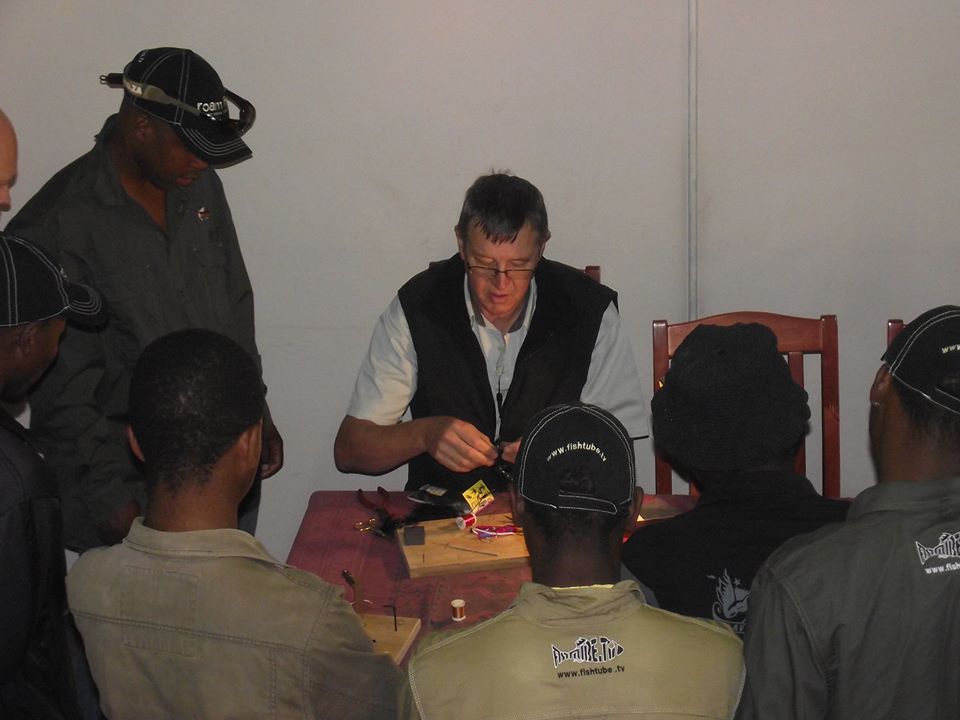
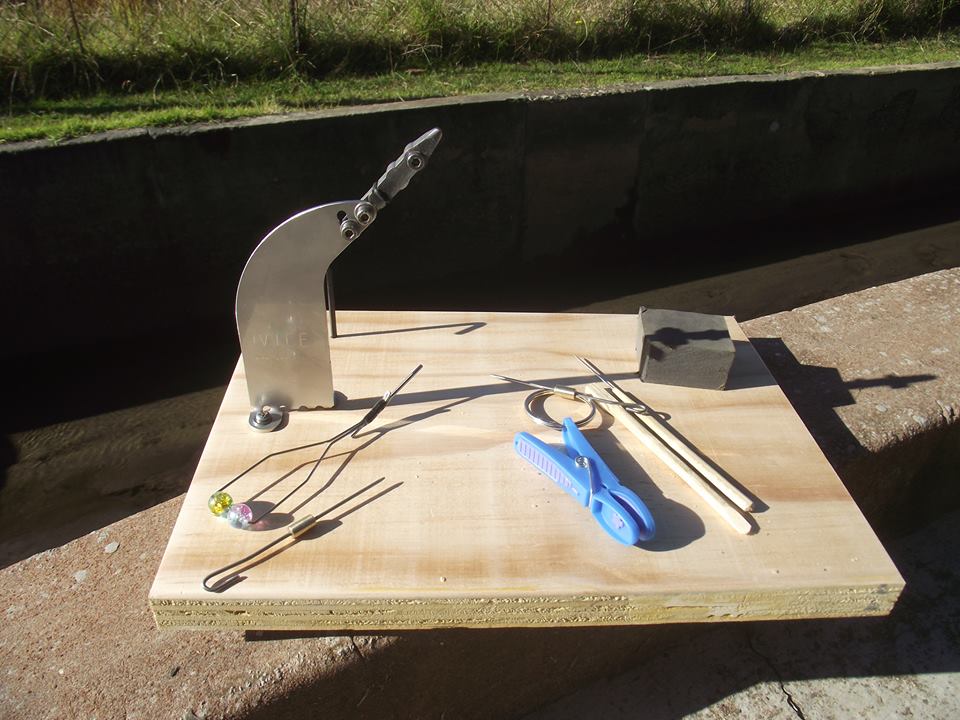
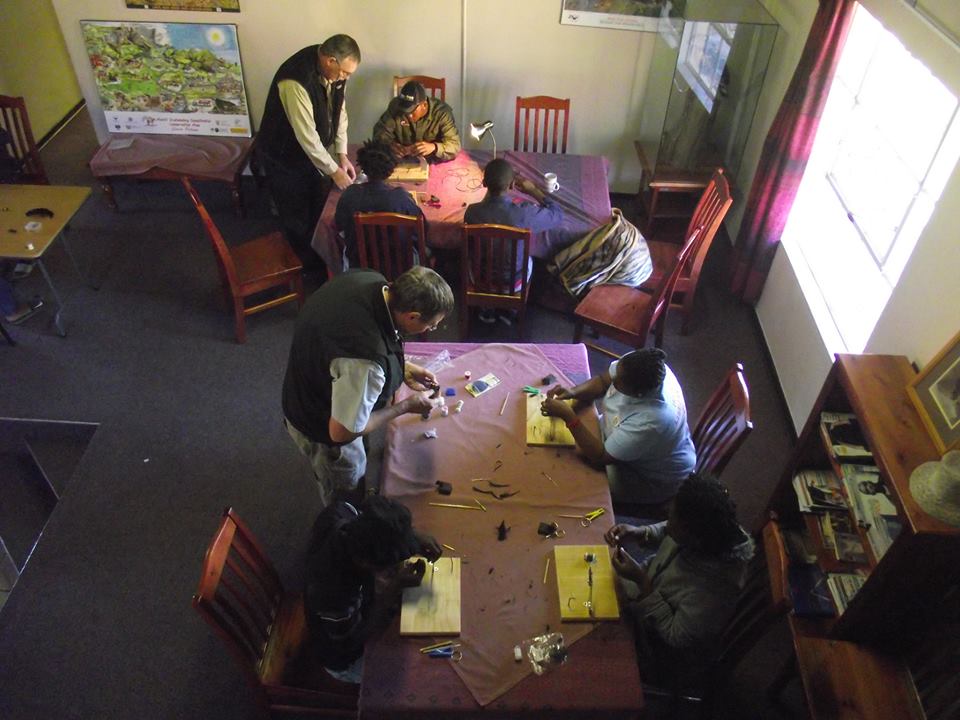
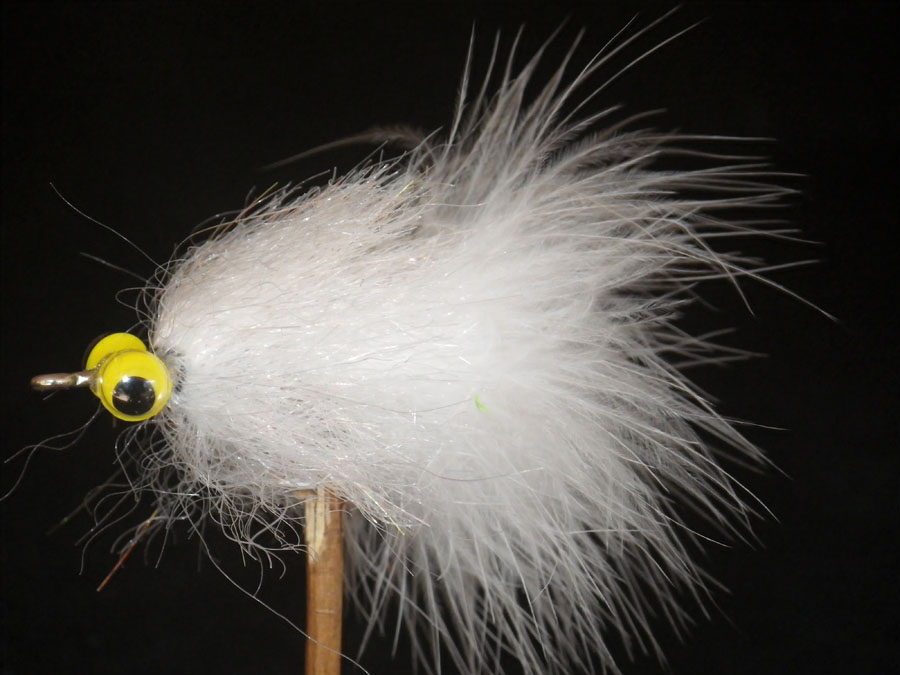
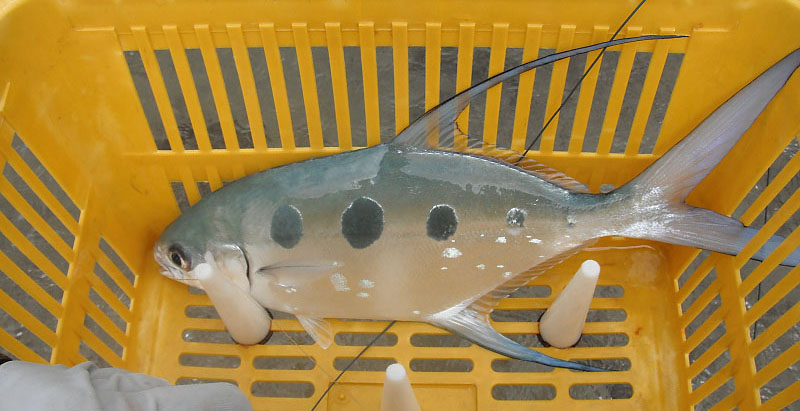
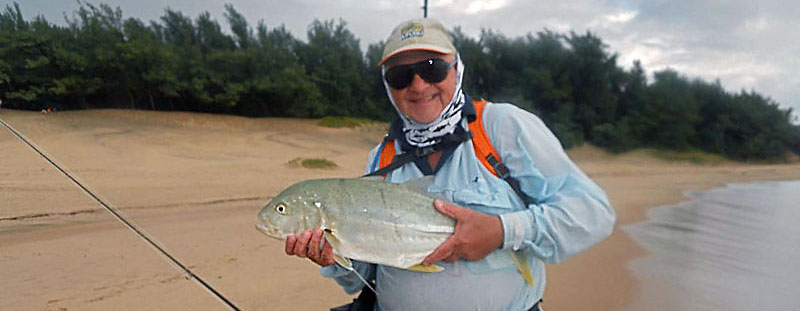
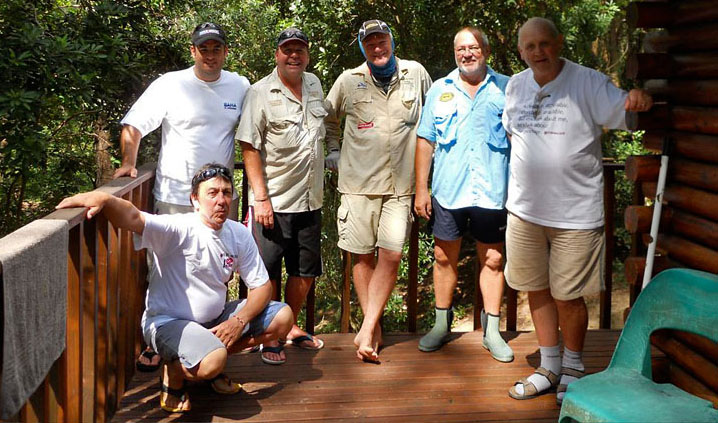
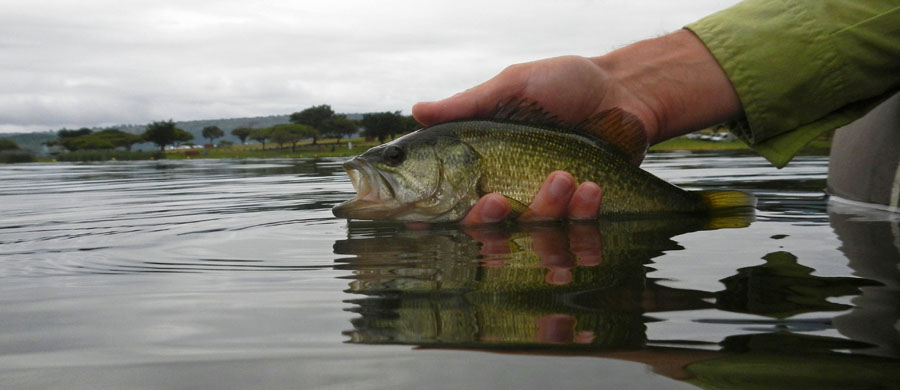
 D5 Creation
D5 Creation